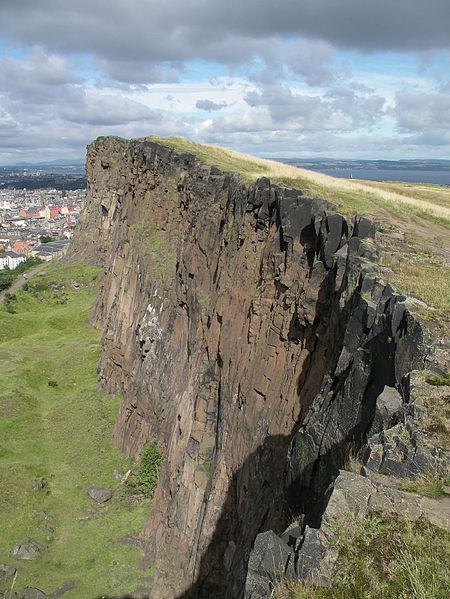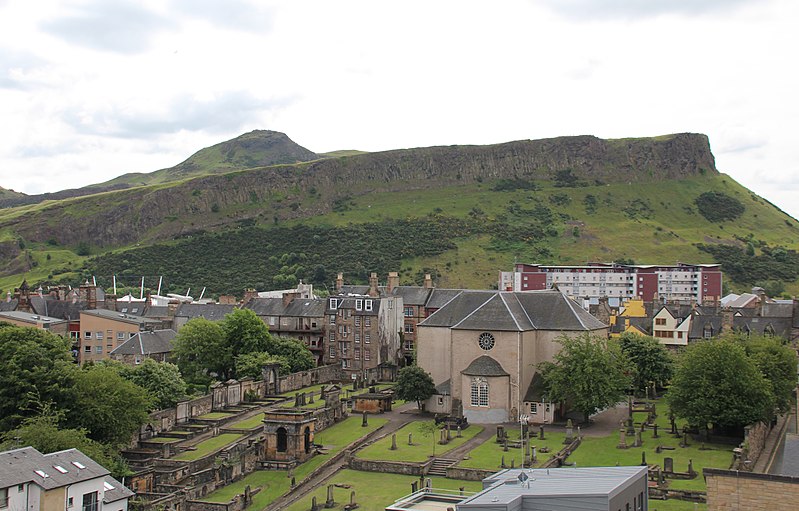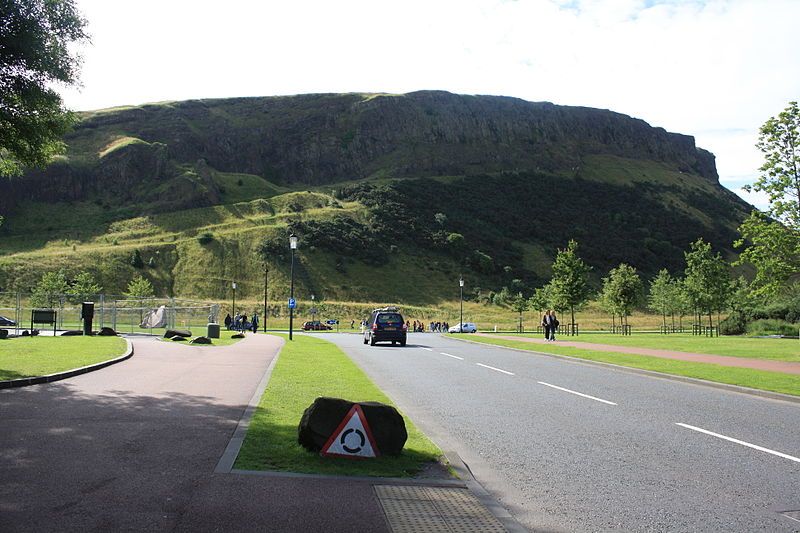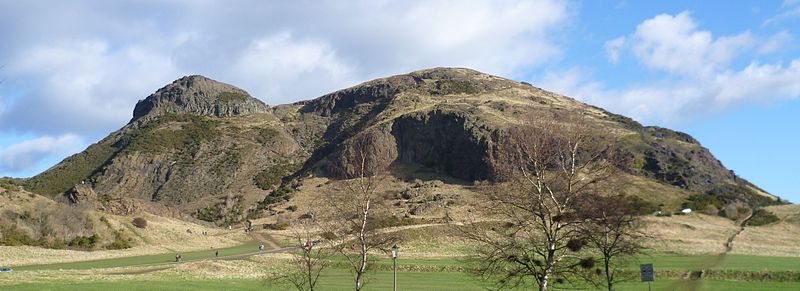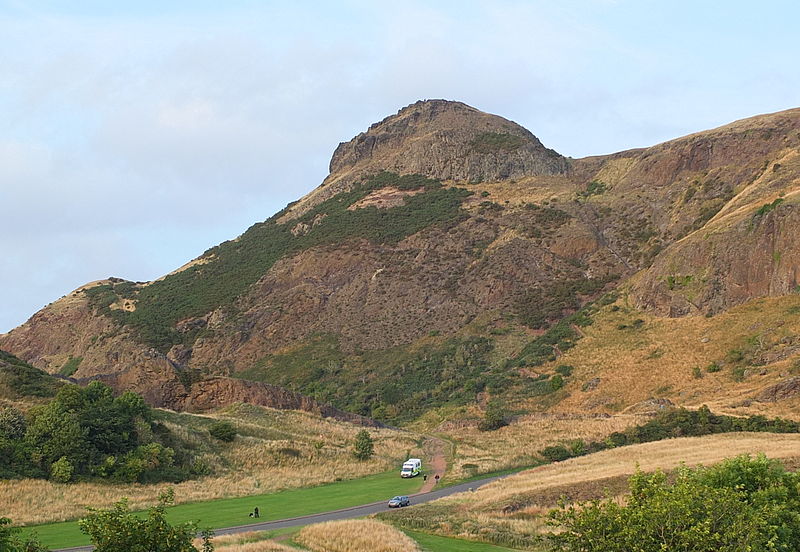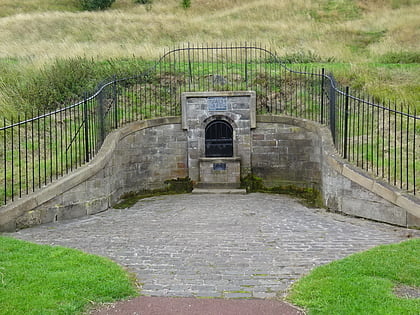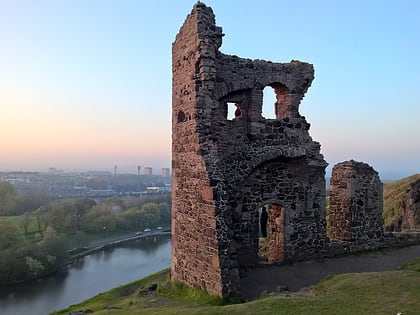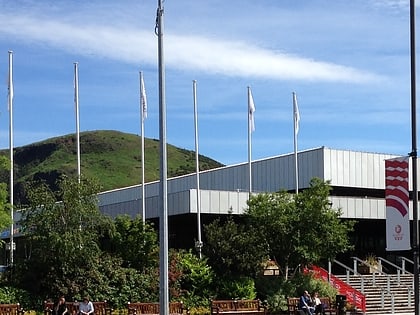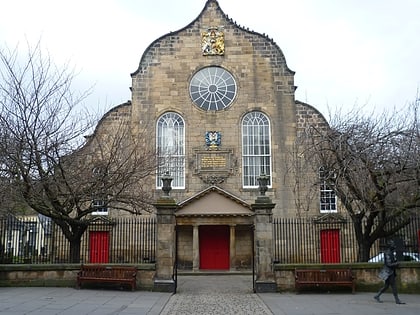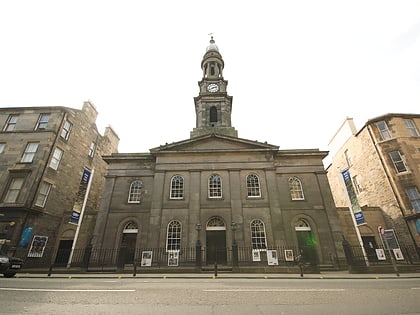Arthur's Seat, Edinburgh
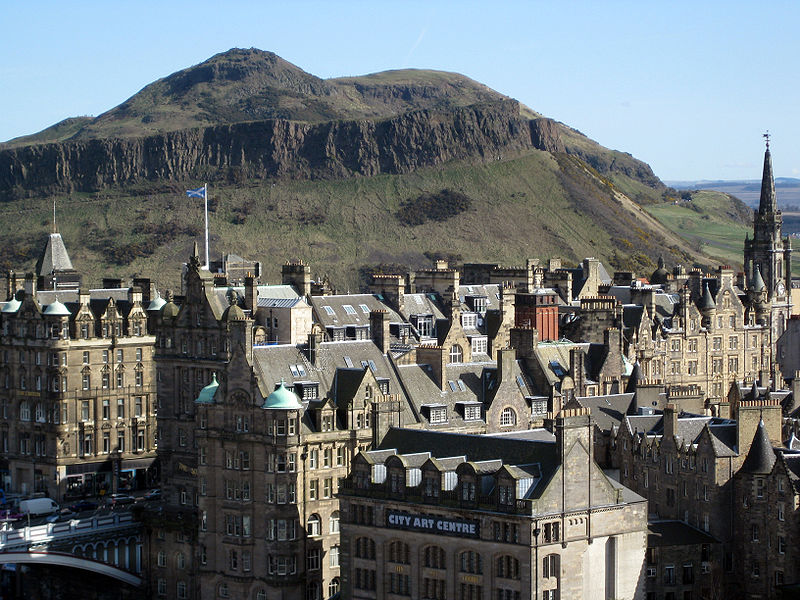
Facts and practical information
Arthur's Seat, a dormant volcano, is Edinburgh's rugged high point and a cherished landmark within the city's Holyrood Park. Rising to a height of 251 meters, Arthur's Seat offers a natural escape within the city boundaries and is a favorite spot for locals and tourists alike, seeking panoramic views of Edinburgh and the surrounding countryside.
The origin of its name remains a blend of history and myth, with some suggesting a connection to King Arthur. However, its geological significance is undeniable, as it is the site of an ancient volcano that erupted over 340 million years ago. Today, Arthur's Seat stands as a testament to Edinburgh's volcanic past, dominating the city's skyline.
Accessible throughout the year, the ascent to the summit of Arthur's Seat is a relatively easy hike, popular among walkers of all ages and abilities. Several trails lead to the top, with the most direct route taking about 30 minutes from the base. The climb is rewarded with stunning, sweeping vistas of the city, the Firth of Forth, and on clear days, the distant peaks of the Highlands.
Arthur's Seat is not only a natural wonder but also a historical one, with the area hosting a variety of archaeological sites, including a well-preserved hill fort dating from around 600 AD. The park's diverse range of flora and fauna also contributes to its status as a site of Special Scientific Interest.
Arthur's Seat – popular in the area (distance from the attraction)
Nearby attractions include: Palace of Holyroodhouse, Queen's Gallery, The Scottish Parliament, St Margaret's Well.
Frequently Asked Questions (FAQ)
Which popular attractions are close to Arthur's Seat?
How to get to Arthur's Seat by public transport?
Bus
- Royal Commonwealth Pool • Lines: 51 (16 min walk)
- Marchhall Place • Lines: 51 (16 min walk)
Train
- Edinburgh Waverley (32 min walk)
Tram
- St Andrew Square • Lines: Edinburgh Trams Eastbound, Edinburgh Trams Westbound (36 min walk)


